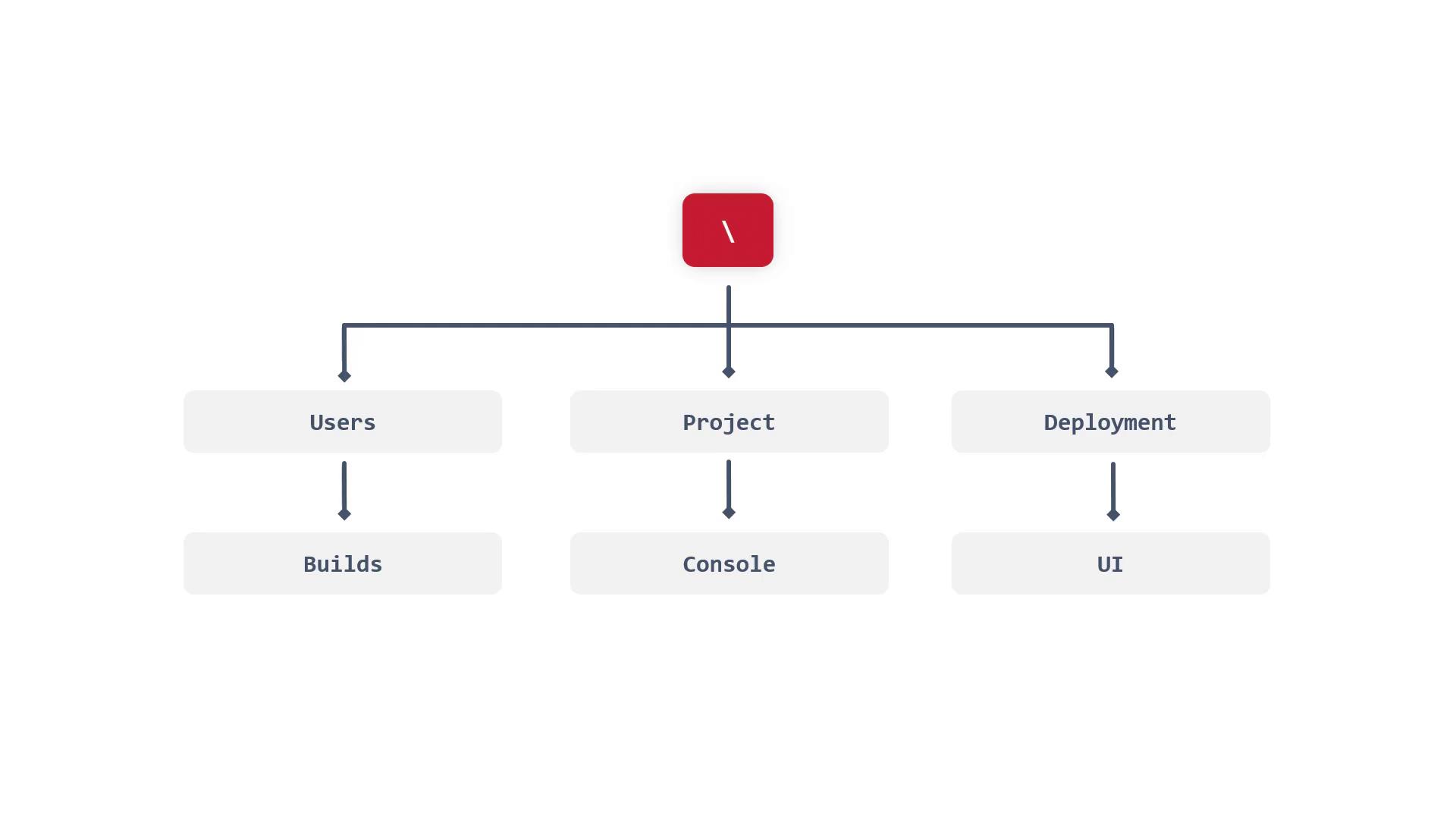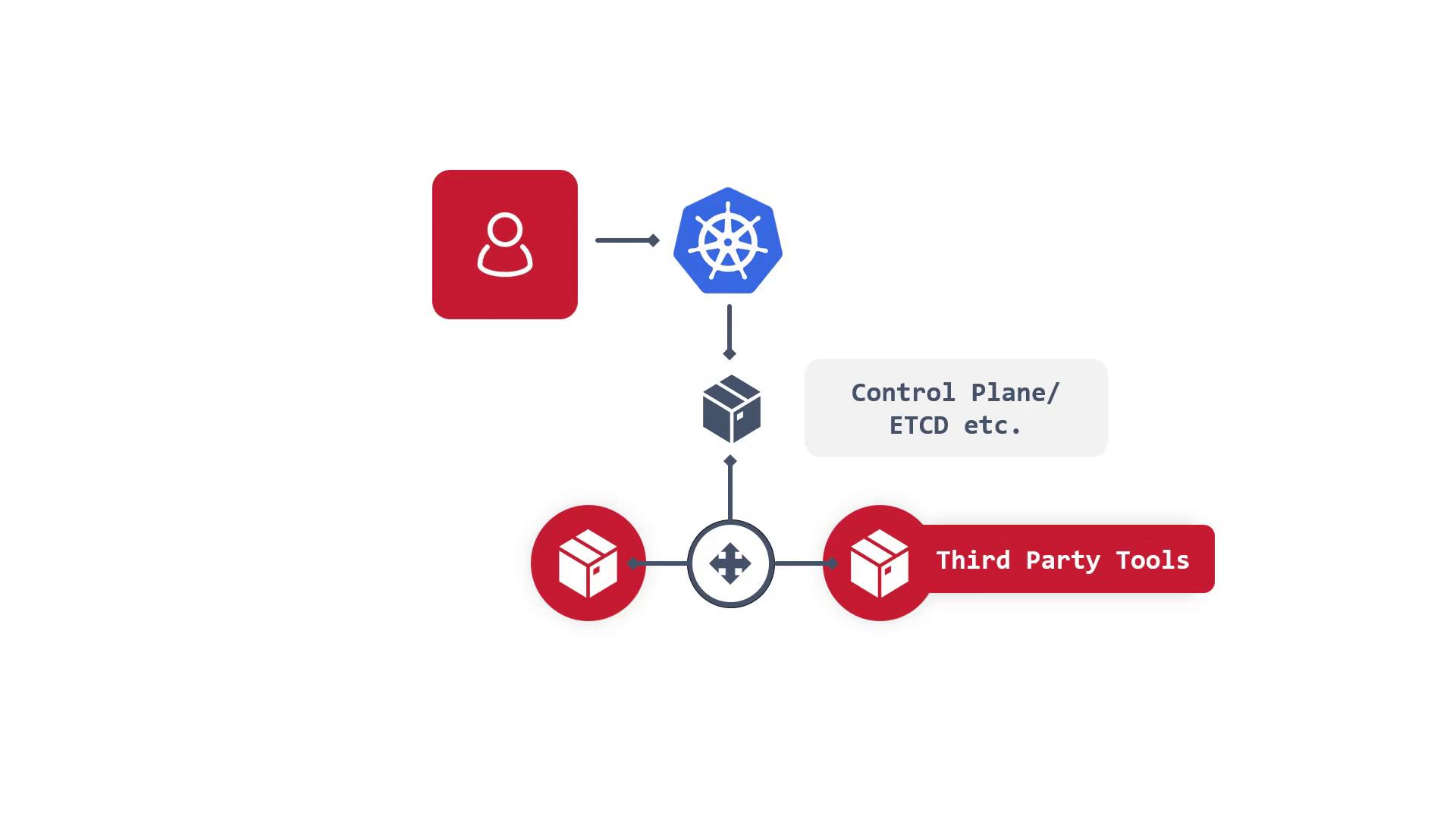OpenShift 4
Concepts Builds and Deployments
Openshift Vs K8s Components
In this article, we explore the key differences between OpenShift and Kubernetes, two leading container orchestration platforms. We also briefly touch on other orchestrators like HashiCorp Nomad to highlight how various solutions facilitate application deployments, user management, builds, and infrastructure interactions.

OpenShift: A Comprehensive PaaS Solution
OpenShift is a robust platform that extends Kubernetes by managing everything from user accounts and projects (which are analogous to Kubernetes namespaces) to application deployments, services, routes, ingress, and builds. It features both a user-friendly web console and a comprehensive CLI, making it an excellent choice for organizations seeking enterprise-level support and simplified container orchestration.
Note
OpenShift abstracts much of the underlying complexity of Kubernetes, allowing users to focus more on application development and deployment rather than dealing with intricate API configurations.
Kubernetes: A Flexible Container Orchestration Platform
Kubernetes primarily provides access via its API server. This direct interaction allows users to work with deployments, manage pods, and configure application distribution with great flexibility. By directly interfacing with the Kubernetes API, developers can implement custom configurations and integrations to meet specific requirements.
Note
While Kubernetes requires more hands-on interaction, it offers unmatched flexibility for advanced scenarios and custom orchestration needs.
How OpenShift Leverages Kubernetes
OpenShift simplifies Kubernetes operations by embedding it within its platform layer. When users execute actions like launching a pod or initiating a deployment through OpenShift, the platform translates these requests into corresponding Kubernetes operations behind the scenes. This integration not only streamlines application management but also provides additional enterprise management features and commercial support from Red Hat.

Summary
In summary, both OpenShift and Kubernetes are powerful tools for orchestrating containerized applications. The primary differences lie in usability and additional enterprise features. OpenShift, with its enhanced console, CLI, and abstraction of Kubernetes complexity, serves as a more integrated Platform as a Service (PaaS) solution, especially attractive for organizations requiring built-in support and streamlined management.
For further reading on container orchestration and cloud-native technologies, explore additional resources:
Watch Video
Watch video content